Nutrition plays a vital role in our health and overall fitness. When participating in winter sports and activities, such as snowshoeing, refueling the body’s energy source and having proper nutrition is even more important. However, there’s a lot of information about food, and it can be overwhelming for a beginner.
That’s why we’ve spoken to Kristin Kirkpatrick, an award-winning Registered Dietitian, for some starting points snowshoers of all levels can use to get their health on track.
Some of the links in this article may contain affiliate links. When you purchase using these links, part of the proceeds go to Snowshoe Mag. Additionally, as an Amazon Associate, we earn from qualifying purchases. Please see our disclosure for more details.
Nutrition Tips for Getting Started
Let’s consider a few critical starting points in the journey towards healthier nutrition and fuel for the body.
Proper Nutrition Is Not All or Nothing
With so many diet options available, indecision and discouragement can be easy to come by. But the truth of the matter is that shifting towards a healthy diet is not all or nothing. As Kristin mentions, “The misconception is that you have to be clean and perfect with whatever decision you make on how your diet is structured. I don’t think that is very sustainable. I think we end up falling off the wagon. We end up going back to old habits because we have deprived ourselves of something we love in the quest for nutritional perfection.”
Instead of changing everything about our diet all at once, start with minor changes. Kristin suggests, “Making just very small changes in a diet, especially when the diet is lousy to begin with, just go such a far way. Once you make those small changes, you’re more apt to make other changes.” Plus, success in those small changes can give us the confidence to continue our nutrition journey.
For example, suppose you’re interested in cutting out sugar from your diet, but you love white bread. Even though most white bread contains sugar, you may choose to keep white bread in your diet and slowly decrease the amount you eat over time. Even though you may still be eating some sugar, you’ve given up all other sugary foods, which is worth celebrating!
It can be challenging to make changes, but by starting small and celebrating those small victories, it sets our bodies and our minds up for success.
Read More: Top Five Nutrition Tips For Your Next Snowshoe Outing
Add Color To Your Diet
One of the best ways that Kristin recommends for beginners to get started with healthy nutrition, even before engaging in winter activities, is by adding more color to our diet. By color, she means plants. “The variation of color, [provided by different plants] means a variation of minerals, vitamins, and nutrients.”
For example, she mentioned that her sons aim for four different colors, plant-based colors (not fruit loops), to be on their plates every day. But, she says, “Just going a little bit more plant-based [is helpful] and making an effort to get a little more color because color only comes from plants.”
Adding color can also help with portion sizes. Thus, make sure you’re adding vegetables or fruits with every meal. For example, make a side dish of broccoli or brussels sprouts on spaghetti night to go along with the noodles. Adding a vegetable can reduce the amount of pasta you typically eat instead of substituting a plant to help your body feel full.
Read More: Book Review: The Complete Idiot’s Guide To Plant-Based Nutrition
Learn Your Macros
Marcos or macronutrients are the building blocks of food, namely carbohydrates, proteins, and fats. Each person requires a different amount of nutrients for their specific body, so one diet may not work for everyone. That’s why learning about the macronutrients in food and what your body needs explicitly is so essential.
As Kristin says, “[Diet’s] dependent on age, gender, on your disease status, whether you have a chronic condition. All of those things factor into what your diet should look like. There’s no one size fits all…even genetics plays a role.”
For example, the body’s need for protein changes throughout our life. Since our muscle mass changes, namely, it decreases as we age, our protein intake must also change. Kristin referenced some studies which have shown that as you age, your body requires doubling the amount of protein because older individuals are naturally prone to muscle loss, even if they are eating well and exercising regularly.
Keep in mind that our nutrient and mineral needs change too. For example, Kristin mentioned that women tend to need more iron than men, especially in the years they’re menstruating. Also, women tend to need more calcium because of an increased risk of osteoporosis as they age. Thus, as you’re determining your macros, it may be valuable to consider mineral-rich foods based on your needs.
Plus, if you do reach a point where you are interested in upping your exercise or reaching a competitive level, you’ll want to readjust your macros and see a dietitian for recommendations. As Kristin says, “There’s a fine line, you want to increase your protein, you want to look at all those things, but you don’t want to increase it to the effect where now your diet is not effective for being at a more competitive level.”
Read More: Registered Dietitian Serves Up Nutrition Tips for Snowshoe Athletes
Body Composition and Macros
To determine your macros, it’s beneficial first to learn your body composition. In Kristin’s practice, she emphasizes that body composition is far more important than your weight to determine your macros.
For example, she mentioned that, if your body composition is primarily fat and with limited muscle mass, you may consider increasing your protein intake and decreasing your carb count. But if you have sufficient muscle mass, another breakdown would be recommended. But, again, each person is different, so the macro breakdown for one person may not be the best for you.
You can learn your body composition by using a body measurement tool typically found at your local dietitian’s office or gym, or you can buy a body composition scale online. Be aware, though. There is a wide range of price points. For accuracy’s sake, a body composition measurement tool that you can stand on is recommended over a small, portable one.
Also, a website or app may help you get started in the process, but may not look at all factors for your body. Instead, make an appointment with a dietitian to fine-tune your diet and learn more about your specific needs for macros.
Read More: Eclipsing the Excuse Tray: Wilderness Athlete’s Midnight Build
Nutrition Recommendations for Snowshoers and Winter Hikers
So you’ve started towards a healthy diet in your day-to-day life. But how does your nutrition change once you start winter activities? Activity, as we know, burns calories, and since those calories are from our food, there are a few nutrition changes to keep in mind.
Replace Those Electrolytes and Stay Hydrated
As we move, our body sweats, losing precious water and electrolytes, including minerals such as chloride, potassium, and sodium. As winter sports enthusiasts, it is easy to think we aren’t sweating. However, we are. Our bodies sweat regardless of the temperature outside, and we must ensure we stay hydrated and replace lost minerals.
Granted, summer hiking will produce a lot more sweat and, thus, loss of more water and electrolytes than winter hiking, but we still need water and electrolytes none the less. We just may not feel our sweating as intensely as when temperatures are warm.
Kristin recommends, “For a snowshoer going out for an hour or more, they just want to make sure they have sodium and potassium [replacements].” Electrolyte replacement options include coconut water, fruit juices, electrolyte tablets, and vitamin water. Just be wary that some electrolyte replacements, such as sports drinks, may contain large amounts of sugar and preservatives. Speaking of sugar…
Refined Sugar Is Not The Go-To
After a long snowshoeing outing, our energy will drop. What can we use to bring up that energy? Frequently, many hikers will turn to refined sugar, which, unfortunately, is not the best support for our bodies.
According to Kristin, “People tend to still have the misconception that I’m going to get on the trail and do 15 miles of snowshoeing, and something sugary is going to be great because it’s going to give me this boost of energy. But that’s the opposite of what you need. What you want is a slow burn, something that is going to doll out energy over time.”
Snacks With A Slow-Burn
Foods high in sugar, like candy bars, may provide a spike in energy, but it will also cause a crash. In small amounts, however, they can be useful on the trail. “You need something to boost blood sugar.. but that doesn’t mean like a Snickers bar”. So instead of that Snickers bar, you may opt to bring foods that have fiber and protein, which will provide that slow burn. Snacks may include:
- Peanut butter balls (like this recipe) work for winter because there’s no melting!
- Granola or snack bars, such as Quest bars
- Nuts
- String cheese
- Trail mix, which could include nuts, fruit, chocolate
- Fruits like an apple, if they won’t freeze, provide simple sugars and pepsin. Since the fiber in fruit competes with sugar, the blood sugar will not go as high.
I also asked Kristin about dried fruit because it’s less likely to freeze than fresh fruit. Since typically, the fiber is extracted from dried fruit, the sugar is what’s left. Thus, she recommends using dried fruits in small amounts.
Additionally, if you’re heading out for over an hour of snowshoeing or another winter activity, try a slow-burning, nutritious breakfast option such as oatmeal and a protein shake before hitting the trail. The fiber and protein take a while to break down and are easy to digest.
Read More: The Best Healthy Snacks To Take While Snowshoeing
Keep Summer and Winter Calories Similar
Exercising and being active in the winter tend to burn more calories than activity in the summer because our body is working harder to keep us warm. However, that doesn’t mean that you’ll want to overeat or change the number of calories to compensate.
According to Kristin, “Snowshoeing burns a tremendous amount of calories... But there are not a lot of studies that show that exercise beats out diet in terms of an individual that wants to lose weight… [So] you still want to balance out the fuel that you actually need.”
Thus, your body’s nutrient requirements stay relatively the same throughout the year. So your nutrition will remain the same unless you are dramatically ramping up your exercise, like ultra-marathoners.
For additional tips about snowshoeing snacks and fueling yourself for outdoor activities all year long, check out the following video from Christine Blanchette at Run With It and Kara Marshall at Kara Dietitian.
Nutrition For The Long-Haul
Overall though, “No matter what you’re doing, you always want to look at nutrient density, so it doesn’t matter if you’re a downhill skier, snowshoer, or marathon runner. Nutrient density, looking at those macros, and ensuring you’re getting everything you need will be the most important thing…But if you exercise great but your diet stinks, you’re still prone to those diseases… [So] your diet has to change alongside [snowshoeing and winter activities].”
For more nutritional advice for beginners or those looking to fine-tune their diet at any level, visit Kristin Kirkpatrick for additional coaching or a virtual consult.
What are your favorite nutrition tips for getting started or for winter activities? How did you start your nutrition journey, and what are your recommendations? Let us know in the comments below!
This article was first published on April 2, 2020, and was most recently updated on March 16, 2023.
Read Next: Pump Up Your Iron With Advice From Registered Dietician

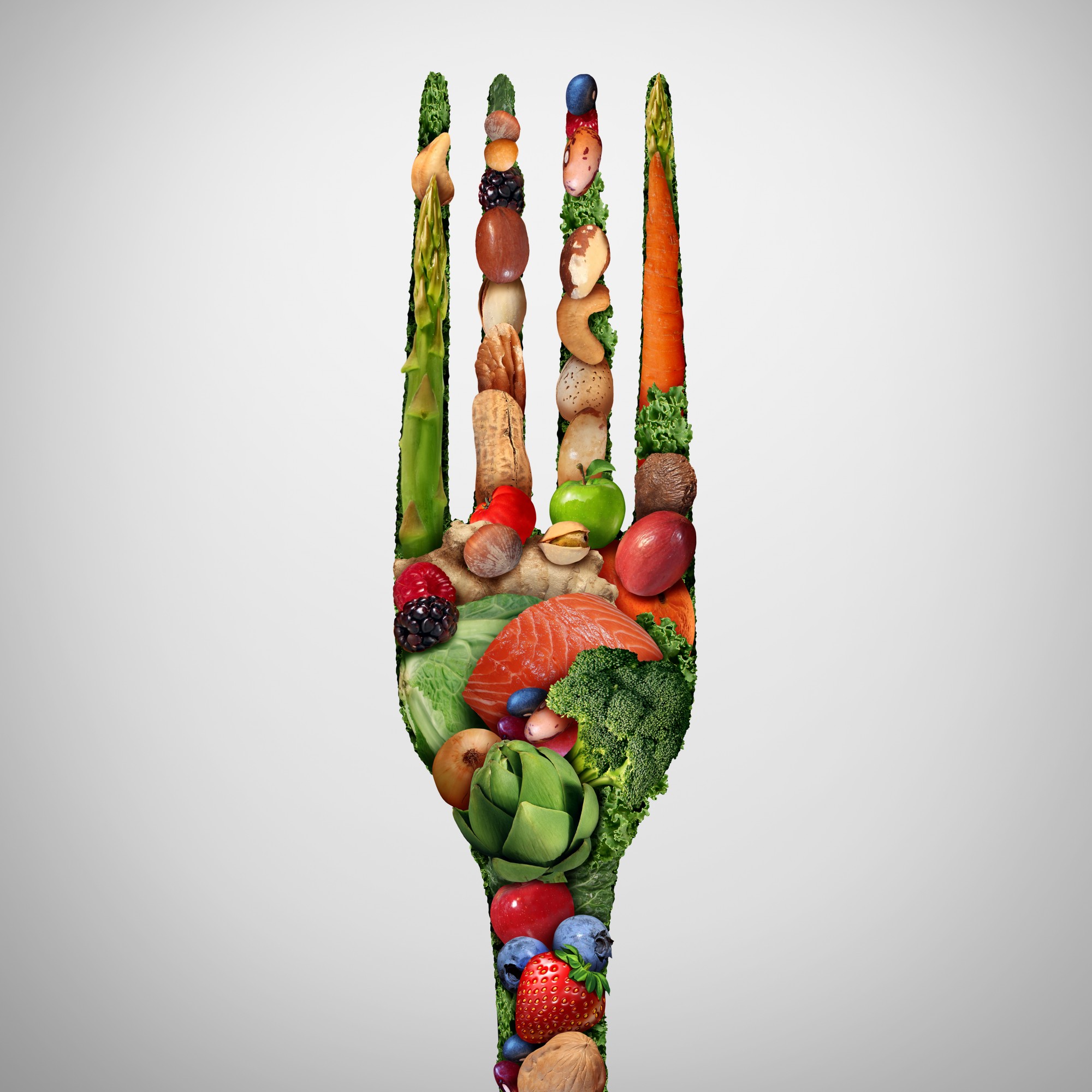
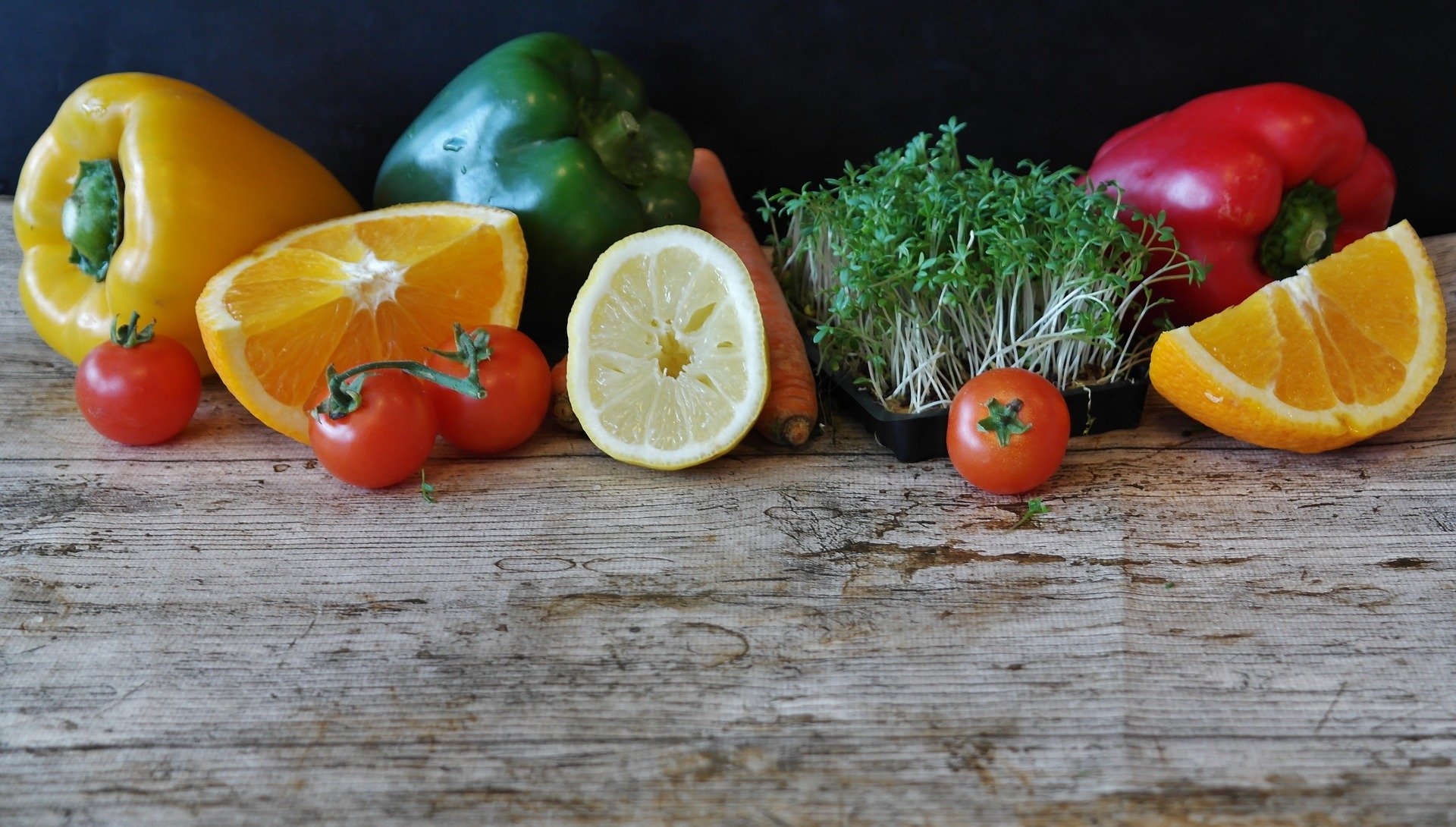
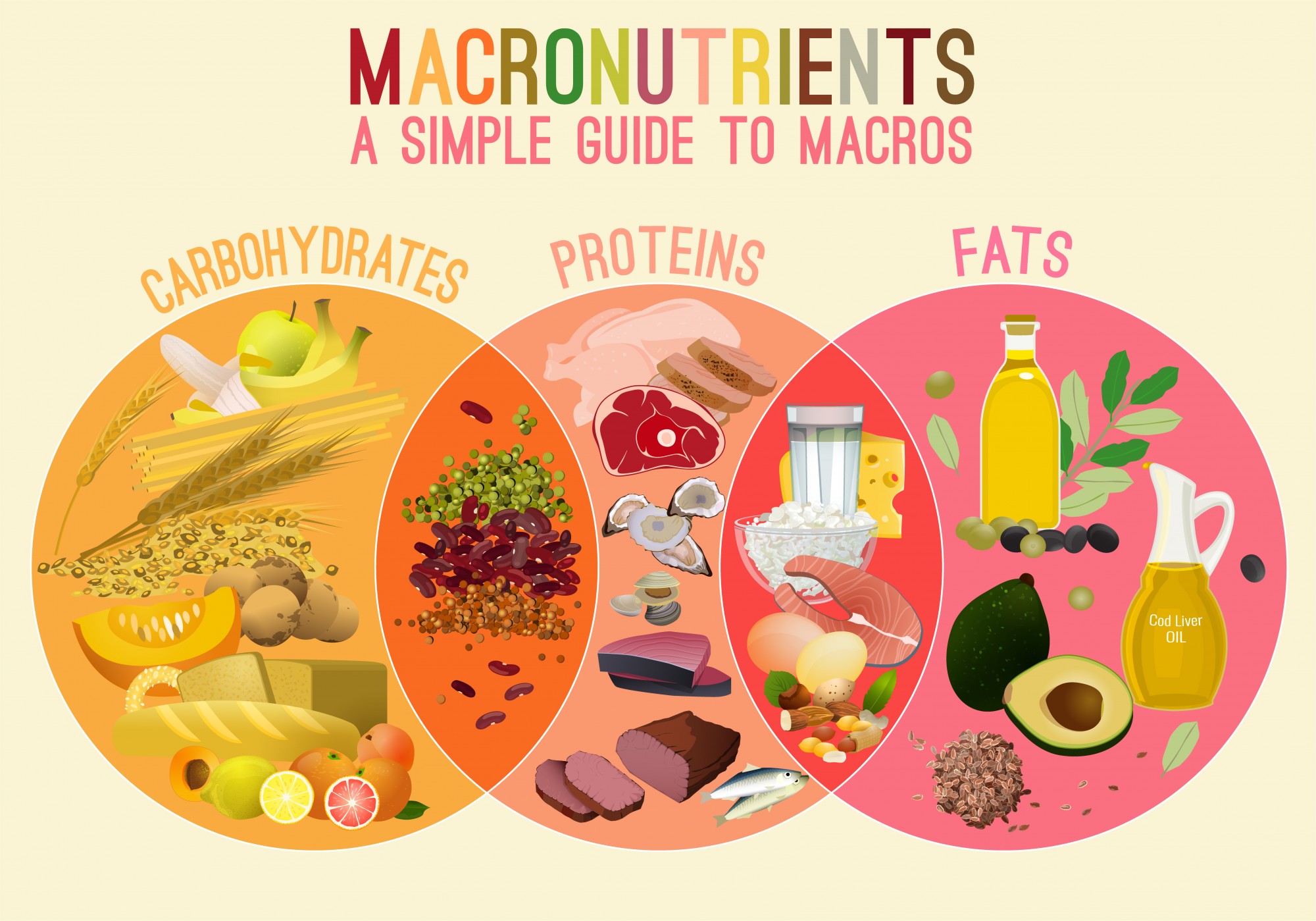
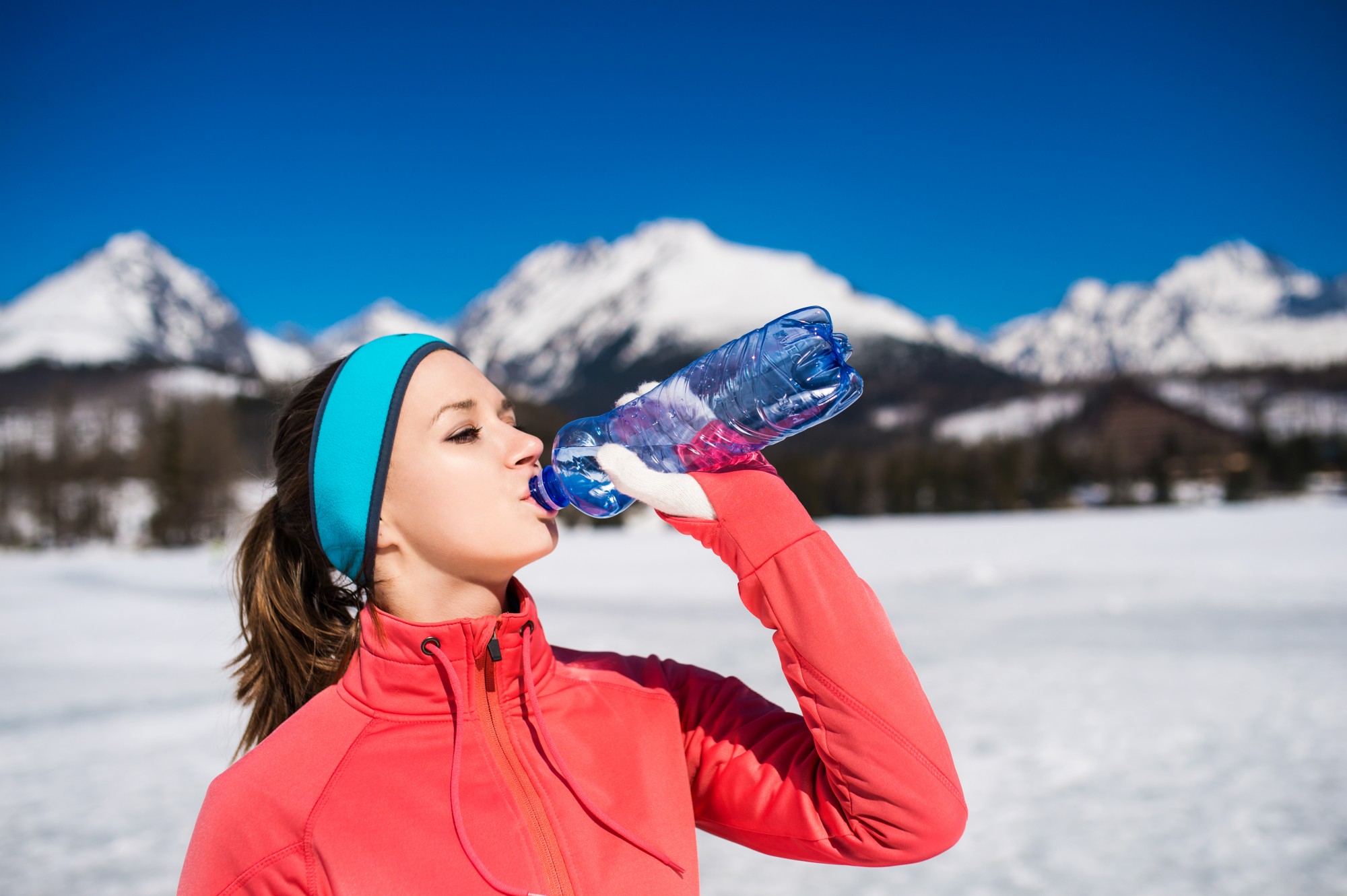
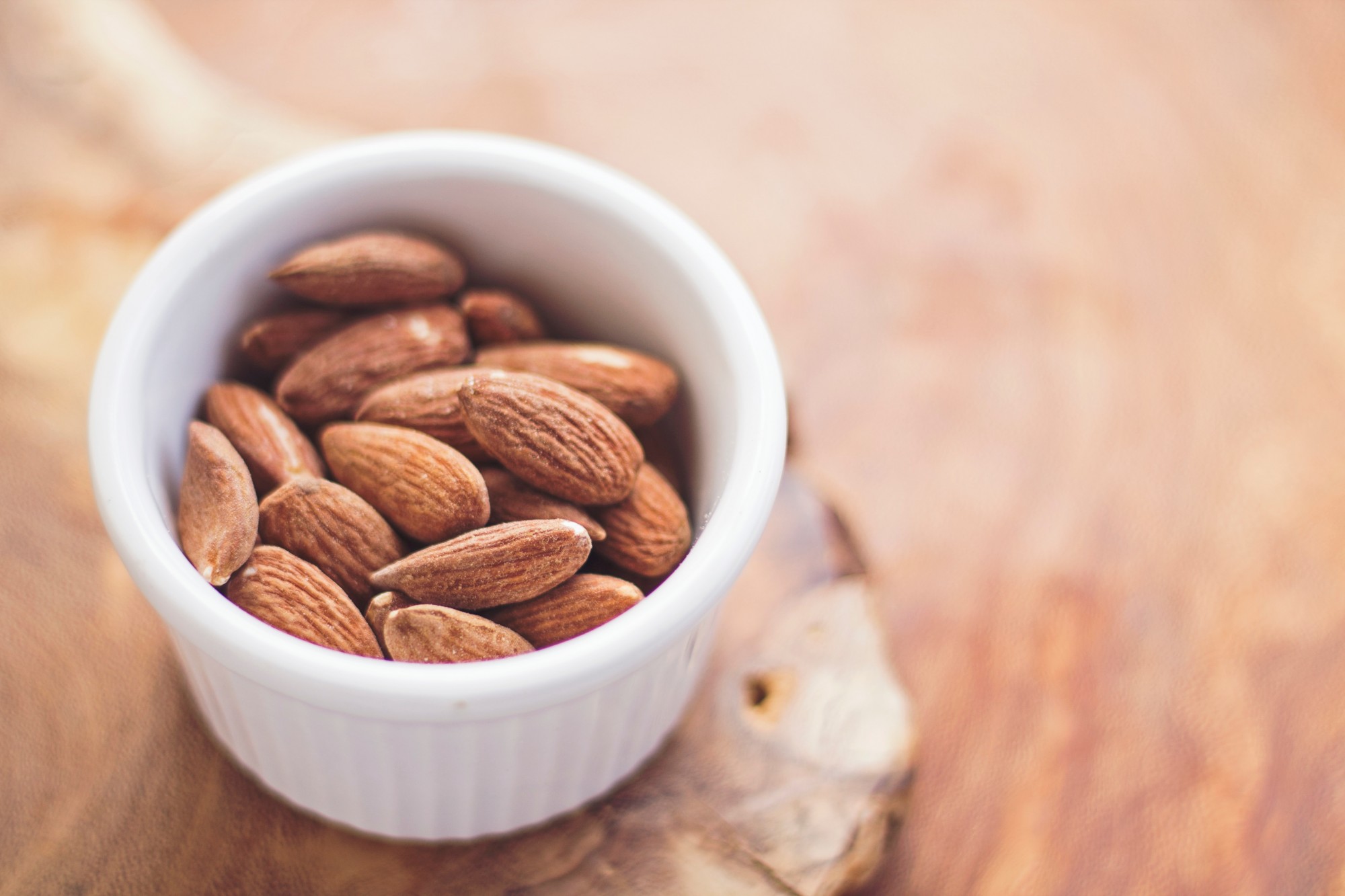
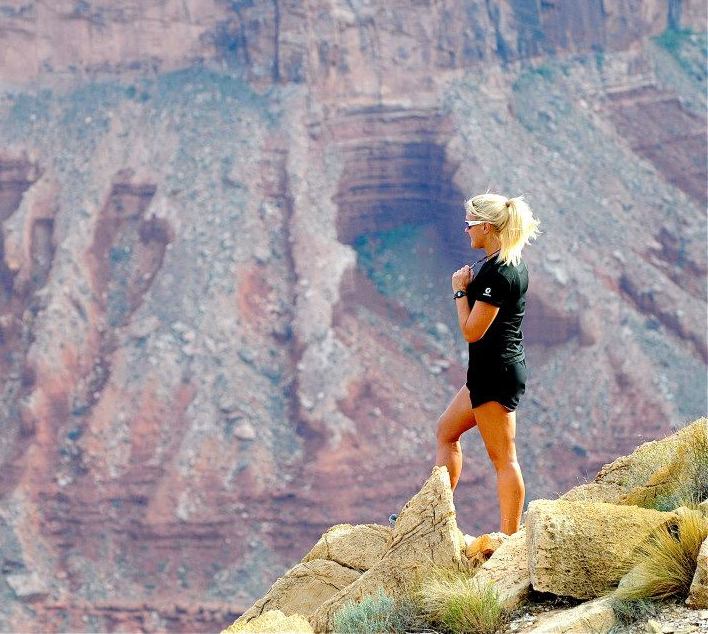
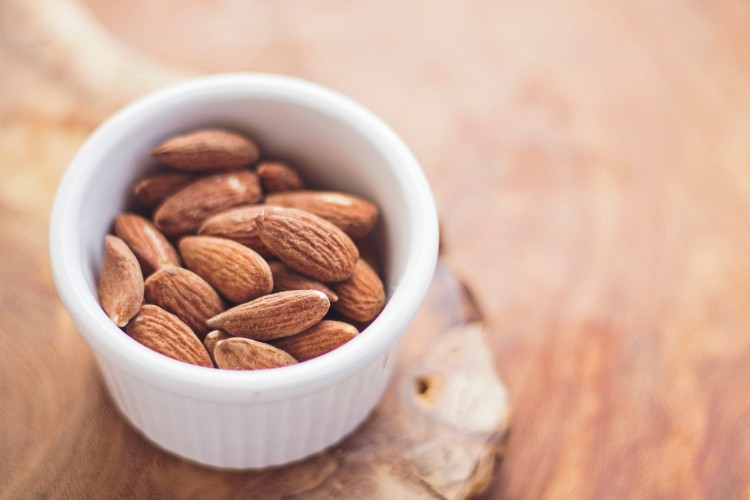
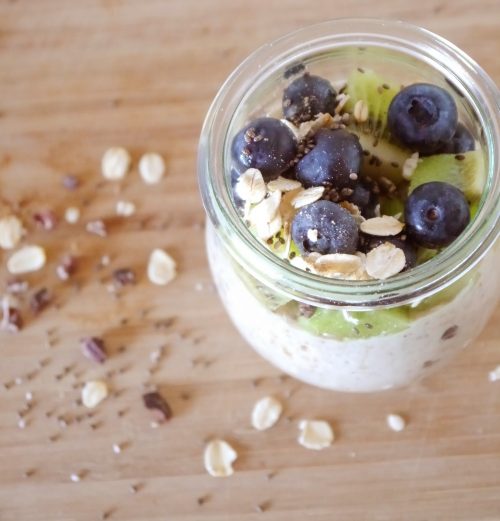
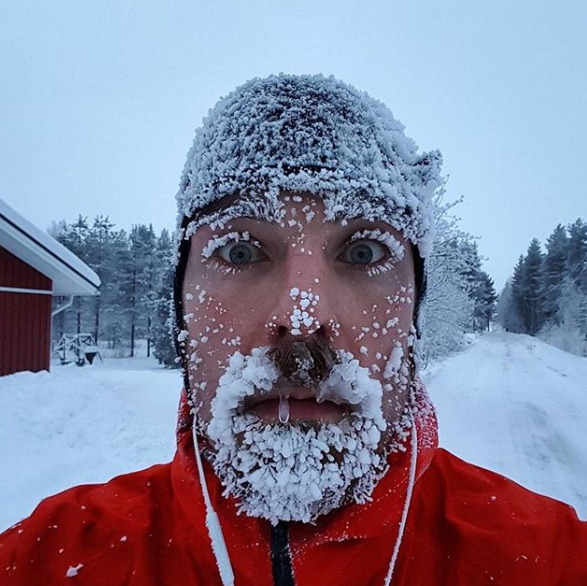

Leave a Comment